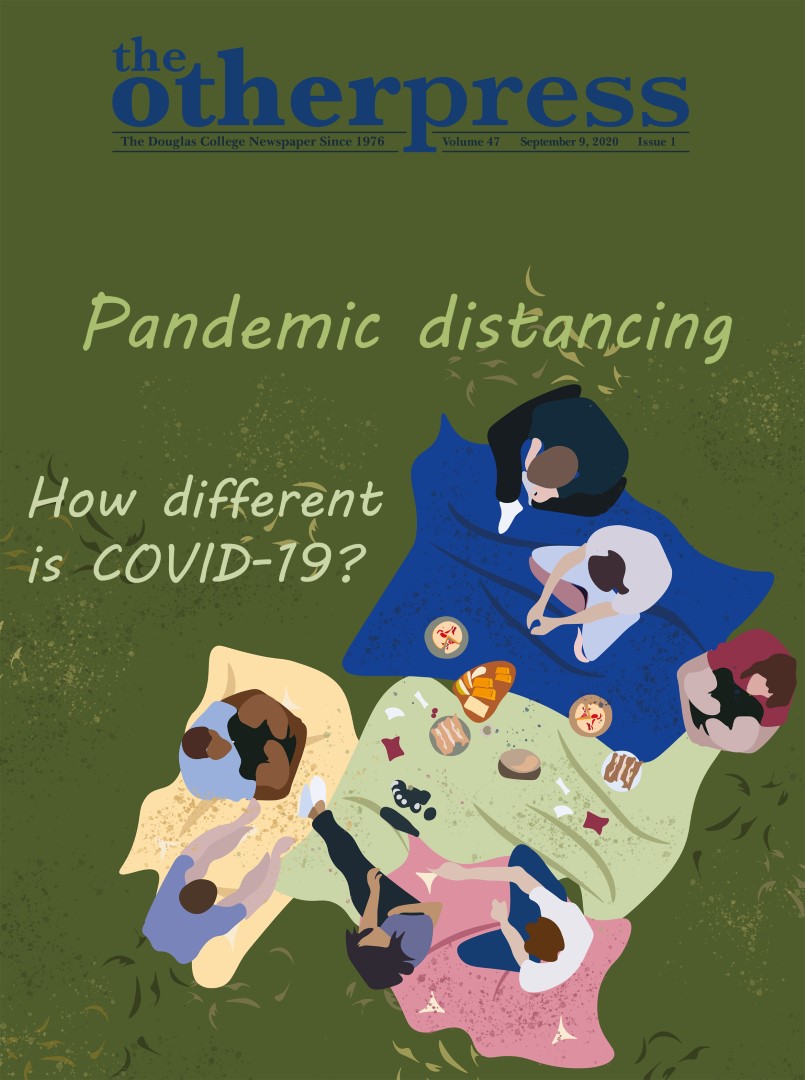
By Chitwan Khosla, Features Editor
Science is about questions and looking for their answers. If Newton hadn’t wondered and looked for why the apple fell to the Earth instead of going up, we might have never found out about gravity. So, like Newton, this section is a quest to find answers in the field of science, logic, and theories. If you have a question about science that you’d like answered, send it to Chitwan at features@theotherpress.ca
What are antioxidants?
Antioxidants are chemical substances that prevent cell damage in our bodies. All animals are able to digest food because of the process of oxidation. The oxygen we breathe in chemically breaks down the food by changing its molecular structure with the help of water and other digestive enzymes. Breaking down food releases energy that our bodies utilize for sustaining. It can occur to any food item outside our bodies as well.
While it is vital, the oxidation process can have a negative impact as well. It can make food atoms break and form free radicals (i.e., electrons with a charge). These free radicals—which are unstable in behaviour—can cause significant damage by accelerating the aging process and by attacking healthy cells in our bodies. They weaken our immune systems and can contribute to diseases like cancer, heart ailments, Alzheimer’s, and macular degeneration in our eyes.
Antioxidants inhibit the damage caused by free radicals by giving out electrons to them. This prevents free radicals from forcing healthy cells to donate electrons. Antioxidants are therefore essential for a healthy life. Beta carotene and vitamins A, C, and E are great anti-oxidants. Nuts like almonds, fresh fruits and vegetables, fish, eggs, and beans are rich sources of antioxidants. Making them a part of your daily diet can lower the risk of many diseases and make your skin glow.
What are stem cells?
Stem cells are like the basic building blocks of our bodies. They generate cells which can become part of different organ systems and function accordingly. We lose tissue and cells in our body daily due to normal wear and tear. Stem cells generate cells and replace the worn out tissues and cells and keep our bodies going. Stem cells have ability to change into any cell type in our body, such as blood cells, epidermal cells, muscle cell, and the like, making them important for our survival.
There are two types of stem cells: embryonic and adult. Embryonic stem cells appear in the early stages of embryo development, soon after fertilization of the female egg. They help form the entire body of the fetus by generating cells which can specialize in any function. Adult stem cells are found in humans after birth and act as a repair system. There is not much research on adult stem cells as it is very difficult to artificially synthesize or isolate. Stem cells are used for bone marrow transplant and further research on them can help find cures for many ailments such as diabetes and tumours.
What are anaerobic muscle activities?
Muscles produce lactic acid when used intensely. When respiration in muscle cells happens under the absence of oxygen, this is called anaerobic activity. Lactate production causes fatigue within a few minutes of anaerobic muscle activity and often, also some pain. Exercises and activities which require high strength, speed, or both for short durations with intensity involve anaerobic muscle activities. Weight lifting, athletics, sprinting, body building, and rope jumping—all these are anaerobic exercises. The training for these kind of sports or activities include a lot of aerobic activities as well to enhance muscle flexibility and shed extra fat. Anaerobic exercises burn fewer calories because there is no oxygen for oxidation. Anaerobic activities help in building strength, and endurance. However, if you struggle with heart issues or respiratory issues, it’s not recommended; in such case, it’s better to stick to cardiovascular exercises.
Why don’t we sneeze while asleep?
Sneezing is a natural phenomenon which is a response to any unwanted particle in our respiratory system that enters it and causes irritation. It is a reflex action and therefore is controlled by the brain directly. The sensors present on the internal lining of the respiratory system detect any foreign particle and send a signal to brain for the sneeze reflex to thrust it out. It is a very forceful reaction which can continue for a while until the body removes the irritant. While we are asleep the reflex responders in our brain also stop reacting. This means that if something enters in your respiratory system via the nose while sleeping, you won’t be able to sneeze because the sensors won’t be able to signal the brain for the reflex. You will sneeze after you wake up. There are number of things that can cause sneezing: viral infections, allergens, strong smells, dust particles, and hair. Achoo!

